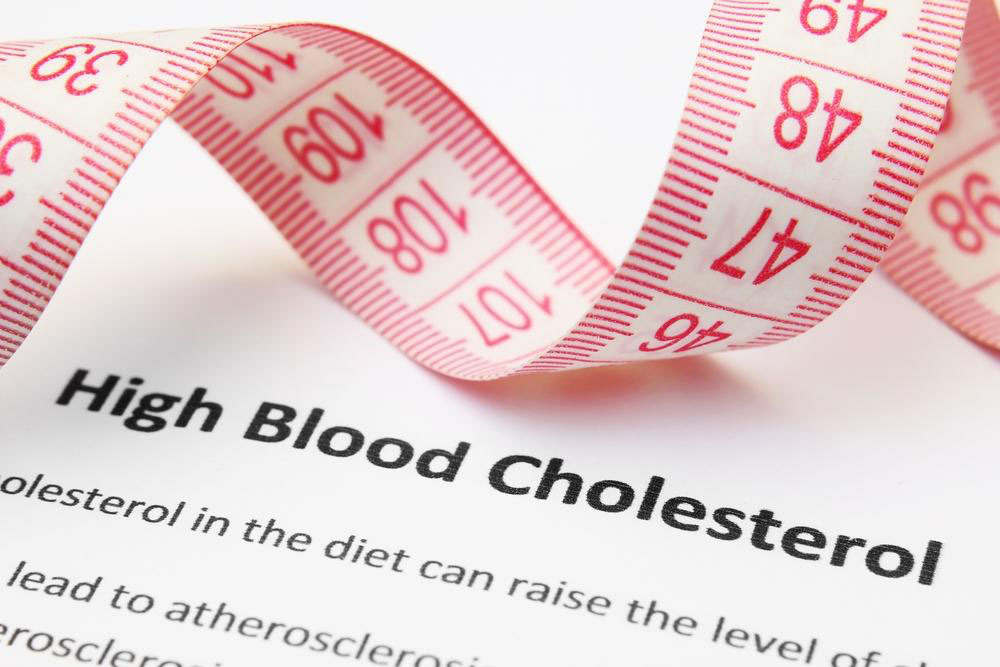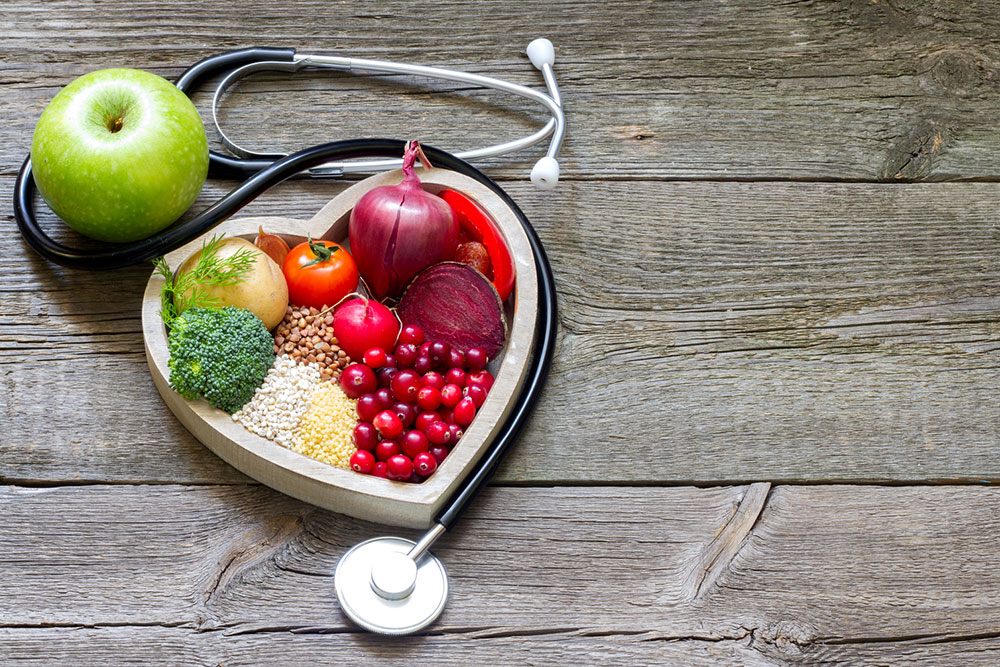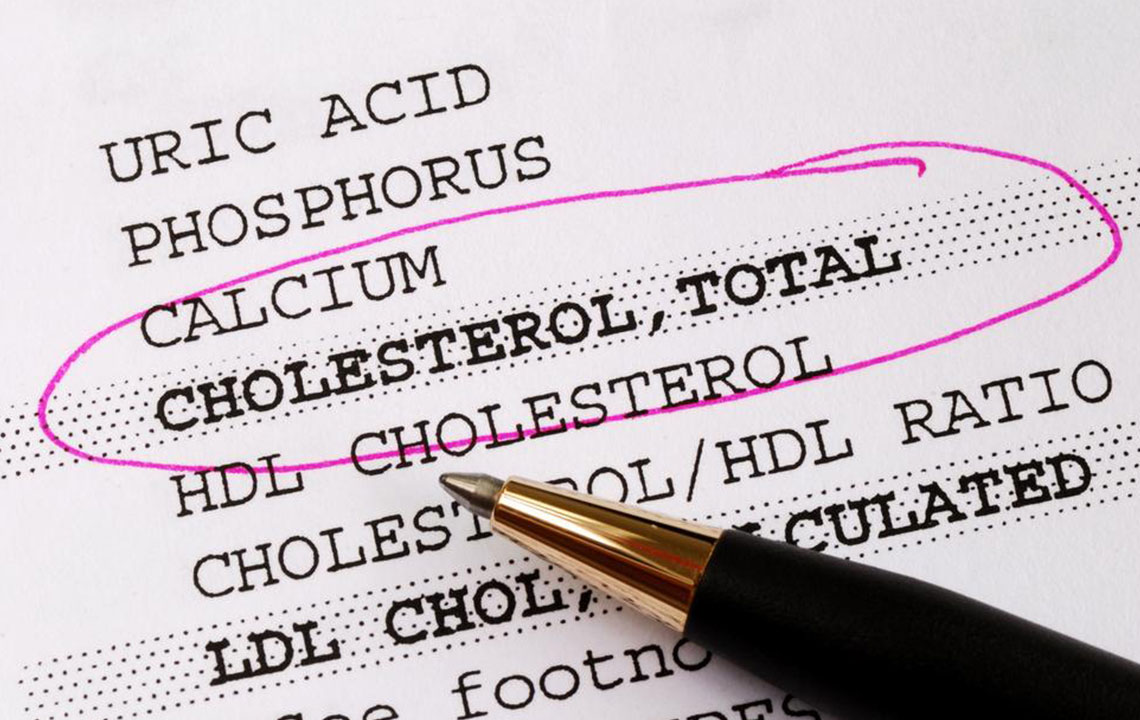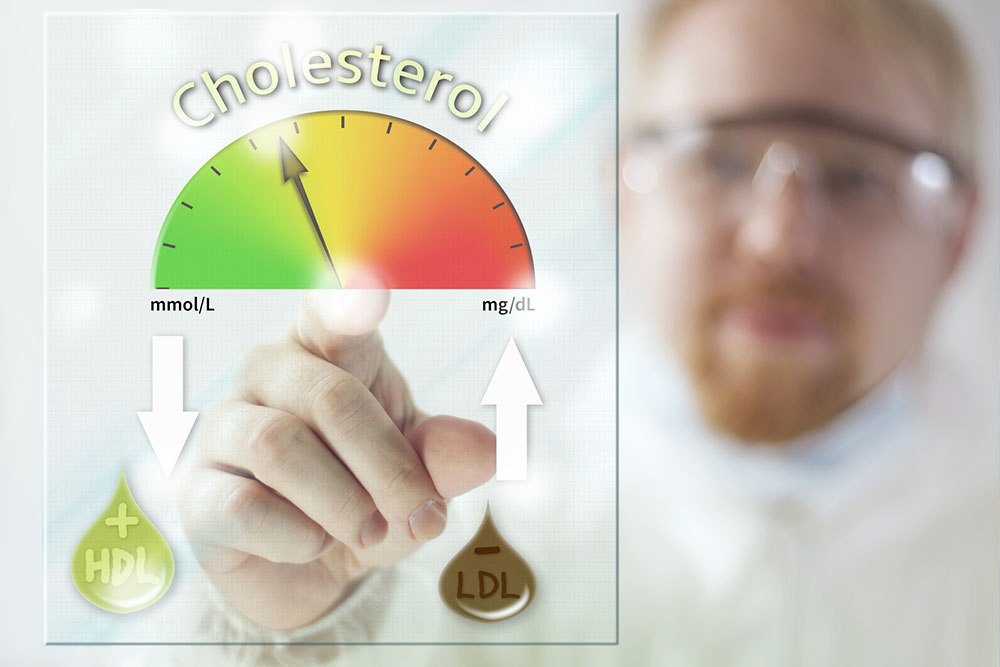Understanding and Managing Elevated Cholesterol Levels
Learn about high cholesterol, its causes, symptoms, and effective foods to manage and reduce levels. Understand the difference between good and bad cholesterol and how lifestyle changes can improve heart health. This guide aims to help you make informed choices for cardiovascular wellness and prevent related health issues.

Understanding and Managing Elevated Cholesterol Levels
Essential Information About High Cholesterol
What exactly is cholesterol?
Cholesterol is a waxy, fat-like substance naturally produced by your body, mainly in your liver and bloodstream. While elevated cholesterol levels pose health risks, it is vital for forming healthy cell membranes and supporting hormone production.
Your body needs cholesterol to synthesize hormones such as estrogen and testosterone, as well as cortisol, which helps reduce inflammation. Without cholesterol, vitamin D production from sunlight would be impossible. Fortunately, your body makes sufficient cholesterol, and excess levels often result from genetics or unhealthy eating habits rich in saturated and trans fats.
Excess cholesterol can lead to plaque buildup in arteries, hindering blood flow and putting stress on the heart. Plaque may also cause blood clots, increasing the risk of heart attack or stroke. Maintaining balanced cholesterol levels is crucial for cardiovascular health.
Types of cholesterol
It is important to distinguish between beneficial and harmful cholesterol, mainly HDL and LDL.
Low-density lipoprotein (LDL): The so-called "bad" cholesterol transports cholesterol to cells but can form fatty deposits called plaques in artery walls when levels are high, restricting blood flow and increasing cardiovascular risk.
High-density lipoprotein (HDL): Known as the "good" cholesterol, HDL helps remove excess cholesterol from tissues and plaques, returning it to the liver for elimination.
Causes of elevated cholesterol:
Lifestyle factors: Unhealthy diets high in fried foods, fast foods, and sugars, combined with inactivity, contribute to increased cholesterol. Alcohol consumption and smoking also raise levels.
Medical conditions: Conditions such as diabetes, hyperthyroidism, and certain liver diseases can elevate cholesterol levels by impacting its metabolism.
Genetic factors: Age, family history, and other uncontrollable elements can lead to higher cholesterol production regardless of habits.
Symptoms of high cholesterol
Tingling sensations: Frequent tingling in extremities can indicate poor circulation caused by high blood lipid levels.
Headaches: Often linked with hypertension, headaches may signal potential risks for blood vessel damage or stroke.
Chest discomfort: Pain on the left side of the chest related to heart health could point to arterial blockage due to high cholesterol.
Cold extremities: Unexplained coldness in hands or feet might suggest inadequate blood flow, possibly due to arterial issues.
Foods to help lower cholesterol levels:
Salmon: Rich in omega-3 fatty acids DHA and EPA, salmon reduces triglycerides and raises HDL, lowering heart disease risk.
Orange juice: Packed with vitamin C, oranges help improve blood lipid profiles in those with high cholesterol.
Almonds: Containing healthy monounsaturated fats and fiber, almonds boost good HDL cholesterol and decrease LDL.
Oatmeal: A daily bowl of oatmeal is effective in reducing LDL cholesterol thanks to its soluble fiber content.
Note:
Our blog offers valuable insights across various health topics. While the information is based on research, it should not replace professional medical advice. The team is not responsible for data discrepancies or claims outside our coverage. Always consult healthcare professionals for personalized guidance.









